It’s hard for me to believe, but it’s been 12 years since I was getting ready to graduate college and I was looking for my first full-time job in marketing. From the rise of social media to the advent (and growth) of the smartphone, a lot has changed. But when it comes to trying to get your foot in the door for your first job, a lot has stayed the same.
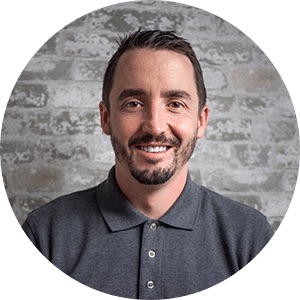 Guest blogger: Jon Franko is co-founder of Gorilla 76, a St. Louis-based B2B marketing agency. Jon was named to the 2010 St. Louis Business Journal’s “30 Under 30” class and was named as one of St. Louis’ “Top Young Entrepreneurs” by the Small Business Monthly. He’s a graduate of the University of Missouri School of Journalism and co-founded Gorilla 76 with WashU alum, Joe Sullivan, BFA/BSBA’05.
Guest blogger: Jon Franko is co-founder of Gorilla 76, a St. Louis-based B2B marketing agency. Jon was named to the 2010 St. Louis Business Journal’s “30 Under 30” class and was named as one of St. Louis’ “Top Young Entrepreneurs” by the Small Business Monthly. He’s a graduate of the University of Missouri School of Journalism and co-founded Gorilla 76 with WashU alum, Joe Sullivan, BFA/BSBA’05.
Below are a few notes about getting your foot in the door at the agency at which you want to work. They’re written for recent/soon-to-be grads. That said, I think they can be helpful to a variety of folks.
Know where you want to work
It might seem obvious, but it’s the first step and an important one at that: know where you want to work. When I was going through my job search my senior year at Mizzou, I knew I wanted to work in St. Louis. I also knew that I wanted to work at a company that valued its culture, employees and clients. I desired a work environment in which I would learn a lot and grow as a copywriter.
After hours and hours of research and a few painful campus job fairs (you need to be going to these!), I had a list ready to go. Names like Rodgers Townsend, Momentum, and Moosylvania were on it. These were agencies that were well-respected, treated their employees in a way that I wanted to be treated, and had strong, long-lasting relationships with their clients.
I’m going to write more on what I think you should look for in an agency at another time. But for now, just know that all agencies aren’t the same, and while there are a lot of great places to start your career, there are plenty of bad ones too.
Avoid the HR person
It was accurate when I was an aspiring copywriter, and it’s accurate now that I handle the hiring and firing at Gorilla – avoid the HR person until it’s no longer possible.
Don’t get me wrong, if you apply for a job, and the HR person reaches out (which is likely the scenario), don’t walk to the interview, run to it. But, if you’re reaching out cold, meaning there’s no job posted and you’re looking to just connect with the company, don’t make the first stop the HR department. Their job, as I’ve learned in my own experience as the HR guy at Gorilla, is to keep people out more often than it is to get people in.
Instead, use LinkedIn and Google and company “About us” pages to figure out who is the right person at a company with whom to connect. If you’re a writer, look to connect with writers at the company. If you’re a designer, look to connect with designers. Pretty simple, right? You’d be surprised.
When I was in school, we didn’t really have resources like LinkedIn and some of the companies didn’t even really have websites. And if they did, they rarely showcased the team and they definitely didn’t have a blog where the employees were writing. Instead, I read award annuals and industry publications and looked to find the names of the creative directors and copywriters at the agencies at which I wanted to work. It wasn’t a perfect system, but it worked and I got in touch with the right people.
Before we move to the next point, let’s connect on Instagram and on LinkedIn. Gorilla has a presence on both as well: Instagram, LinkedIn.
Ask for the informational interview
As the HR arm at Gorilla, I hear from many looking for jobs. Some are obvious in stating it: “Dear Sir/Madam…I am formally inquiring about any open positions…” They get deleted.
Others are craftier and more strategic. They reach out to our employees first to try to get in to see “what it’s like to work at Gorilla” and to see if they can get some feedback on their book or resume or whatever. And then they might reach out to me to ask a question or two and to see if they can pop by to chat for 15 minutes. They often tell me they really admire our work and love the culture we’re building and they read such and such on page X of our website and it really lined up with their long-term professional goals. They DON’T get deleted.
My ego is engaged and I feel like I have someone looking to me for wisdom – it’s impossible to say no! Now, I might not always have the perfect advice, but it doesn’t really matter for the job-seeker. Their foot is in the door, and that’s all that really matters.
Follow up, again and again and again…
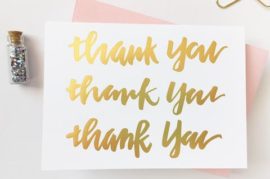 So you’re getting close. You’ve identified where you want to work. You’ve contacted the right folks. You’ve even gotten in to meet them. Now, you have to follow up.
So you’re getting close. You’ve identified where you want to work. You’ve contacted the right folks. You’ve even gotten in to meet them. Now, you have to follow up.
First, write the thank you note. For the love of everything, don’t forget this step. It’s so obvious and disappointing when someone drops the ball here. Don’t settle with the email “thank you.” Go old school. Pen. Paper. And a few thoughts. Nothing more. Some are concerned that it takes too long to reach the recipient – that’s not a bad thing. Just as they start to forget they met with you (it’s a cruel world, sorry), you remind them of a great conversation you had just a few days or a week prior.
Next, stay in touch with them. Not too often, but remember, the “squeaky wheel gets the grease.”
Send them work samples you’re working on and ask for feedback. Send them an article you read and explain why it was relevant to your conversation. Show them updates you’ve made on your portfolio, based on the feedback they gave you when you sat down with them (this is how I got my first job).
Whatever you do and however you do it, just make sure you do it. Your goal is to come across their desk at just the right time.
Go land that gig
As you can guess, a lot has changed since I was looking for my job. After all, many of you reading this post were getting ready to finish first grade while I was looking for my first job.
That said, a lot of old-school practices are still relevant today in a multitude of areas. Getting a job in marketing is no exception. As for me, I ended up landing a job at Moosylvania, and to this day, I’m incredibly grateful for that experience. If you’re looking for a great sales promotion agency, they’re as good as it gets in St. Louis.
This blog post was originally published on the Gorilla 76 career blog.
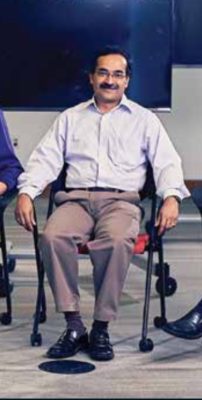



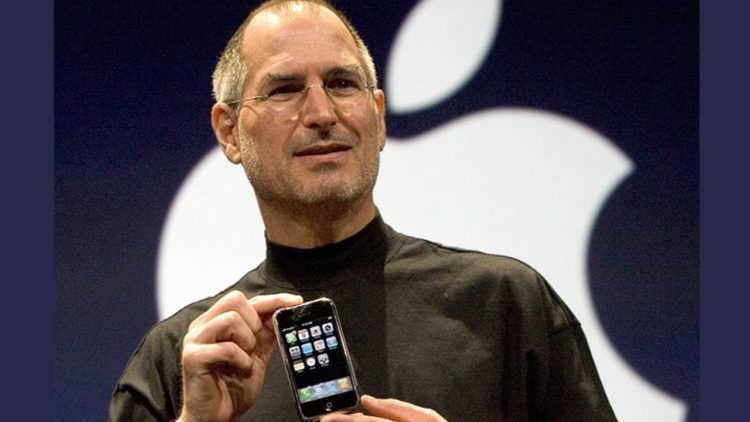




 Hermes Creative Awards is an international competition for creative professionals involved in the concept, writing and design of traditional and emerging media. Hermes Creative Awards recognizes outstanding work in the industry while promoting the philanthropic nature of marketing and communication professionals.
Hermes Creative Awards is an international competition for creative professionals involved in the concept, writing and design of traditional and emerging media. Hermes Creative Awards recognizes outstanding work in the industry while promoting the philanthropic nature of marketing and communication professionals.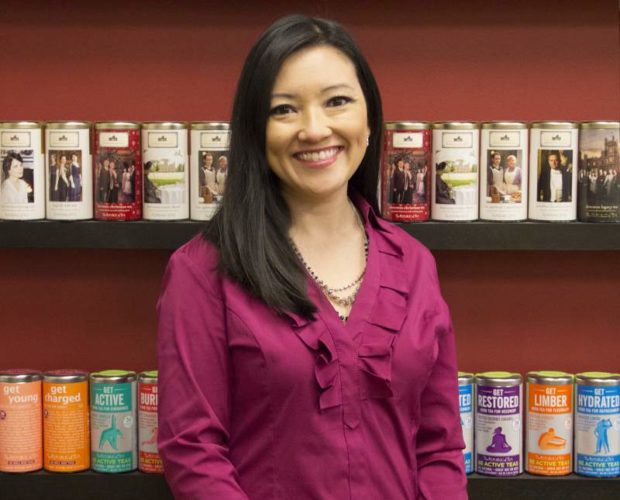

 Guest blogger: Jon Franko is co-founder of Gorilla 76, a St. Louis-based B2B marketing agency. Jon was named to the 2010 St. Louis Business Journal’s “30 Under 30” class and was named as one of St. Louis’ “Top Young Entrepreneurs” by the Small Business Monthly. He’s a graduate of the University of Missouri School of Journalism and co-founded Gorilla 76 with WashU alum, Joe Sullivan, BFA/BSBA’05.
Guest blogger: Jon Franko is co-founder of Gorilla 76, a St. Louis-based B2B marketing agency. Jon was named to the 2010 St. Louis Business Journal’s “30 Under 30” class and was named as one of St. Louis’ “Top Young Entrepreneurs” by the Small Business Monthly. He’s a graduate of the University of Missouri School of Journalism and co-founded Gorilla 76 with WashU alum, Joe Sullivan, BFA/BSBA’05. So you’re getting close. You’ve identified where you want to work. You’ve contacted the right folks. You’ve even gotten in to meet them. Now, you have to follow up.
So you’re getting close. You’ve identified where you want to work. You’ve contacted the right folks. You’ve even gotten in to meet them. Now, you have to follow up.
